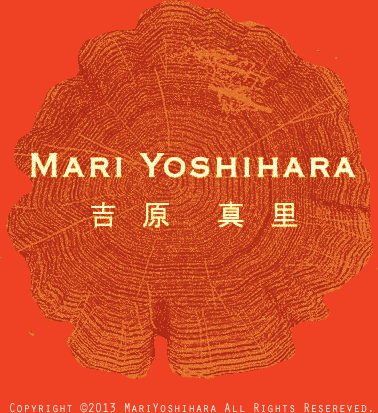The Leonard Bernstein Collection, Library of CongressThis extraordinary collection-consisting of over 1,700 boxes of approximately 400,000 items, including correspondence, manuscripts, business papers, programs, scrapbooks, and photographs-is both a dream and a nightmare for researchers, as one could easily spend onefs entire life immersed in it. With the online initiative of the Library of Congress, a growing portion of the collection is now viewable online.
|
New York Philharmonic
|
The Official Leonard Bernstein SiteAdministered by The Leonard Bernstein Office, this website contains comprehensive information about Bernsteinfs life, listing of his works, discography/videography, lectures/scripts/writings, and bibliography. |
Houston Grand Opera ArchivesHouston Grand Opera has an archive that houses programs, artist files, production records, audio and visual recordings, etc. including those for Bernsteinfs A Quiet Place which premiered in Houston in 1983.
|
Pacific Music FestivalThis is the website for the Pacific Music Festival (PMF), an international educational music festival in Sapporo, Japan, founded by Bernstein in 1990. The PMF has become one of the most coveted music festivals for talented young musicians around the world. |
Toru Takemitsu,
|
Bernstein conducts
|
Bernstein in Vienna (Chapter 6)A documentary of Beethovenfs two hundredth birthday celebration in Vienna in 1970, during which Bernstein performed Beethovenfs Piano Concerto no. 1, Symphony no. 9, and opera Fidelio. Kazuko Amano and her family watched the documentary in Japan. |
Bernstein, gBig Stuffh (Chapter 10)A clip from the recording of gBig Stuffh from the ballet Fancy Free, in which Bernstein himself played the piano. Kunihiko Hashimoto witnessed the recording in Hamburg during his visit in the summer of 1979. |
Bernstein conducts Wagner,
|
Bernstein, Touches: Chorale,
|
Bernstein, Divertimento (Chapter 11)An orchestral suite written for the centennial celebration of the Boston Symphony Orchestra, which premiered in 1980 with Seiji Ozawa conducting. Kazuko Amano listened to the recording in Bernsteinfs New York home just weeks after the premiere.
B |
Bernstein, Trouble in Tahiti (Chapter 12)A one-act opera written in 1952 with classic Bernsteinesque musical language. His opera A Quiet Place was written as a sequel to this work, set three decades later. |
Bernstein, A Quiet Place (Chapter 12)
|
Bernstein, Symphony no. 3
|
Bernstein conducts
|
The Making of
|
Leonard Bernstein:
|
Bernstein conducts
Bernstein made a historic performance of Beethovenfs Ninth Symphony in Berlin in December 1989, soon after the fall of the Berlin Wall. He performed the work with an orchestra and chorus consisting of musicians from former East and West Germany, US, USSR, and other nations, changing the word Freude (joy) in Schillerfs text to Freiheit (freedom). The performance symbolized Bernsteinfs role as the twentieth-century world maestro.
|
Bernstein conducts
|
Pacific Music Festival 1990 (Chapter 21)This film documents the Pacific Music Festival (PMF) held in Sapporo in the summer of 1990, where Bernstein worked with young musicians from eighteen countries. Hashimoto played a major role in the planning and execution of this event that became one of the most coveted festivals for young musicians around the world. Around 0:33, we get a glimpse of Hashimoto assisting Bernstein at the press conference. At 1:16, Amano is seen sitting in the audience dressed in kimono. The performance of Schumannfs Symphony no. 2 was a culmination of Bernsteinfs and the young musiciansf weeks of intense work together. |
Bernstein,gMake Our Garden Growh
|











